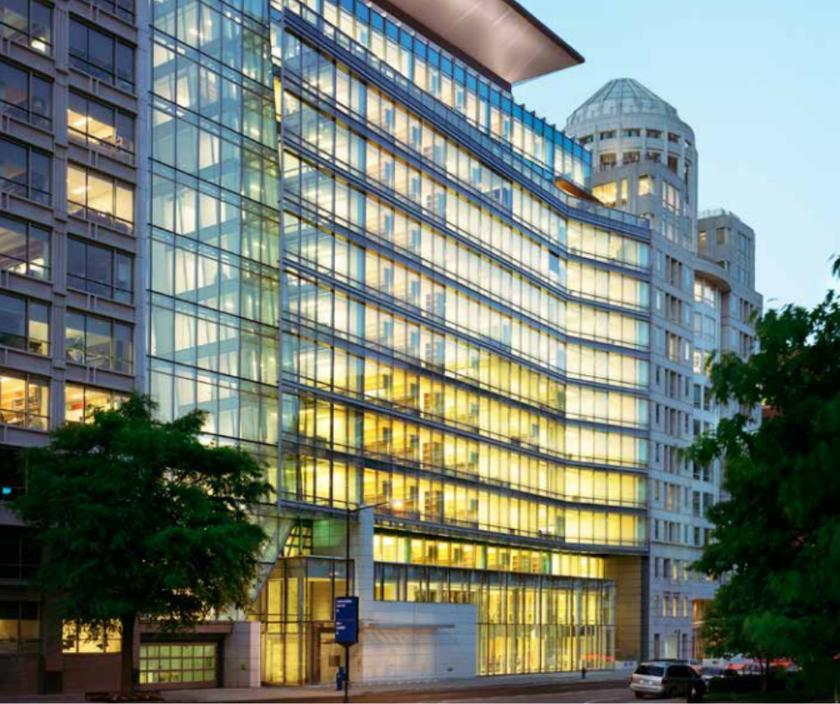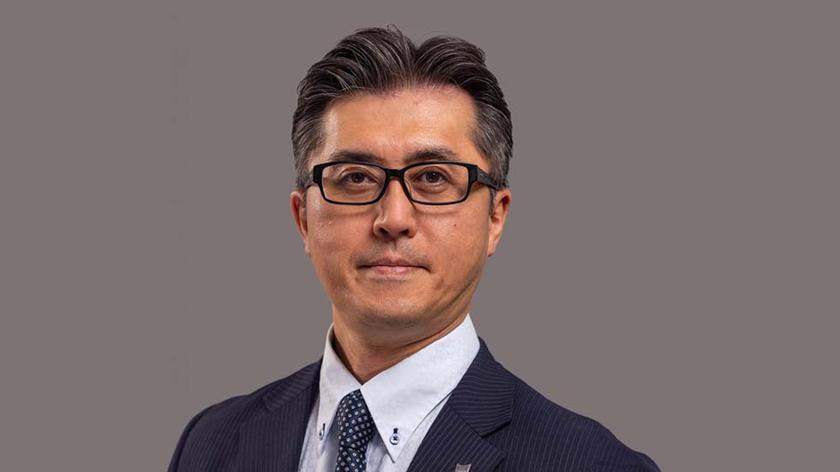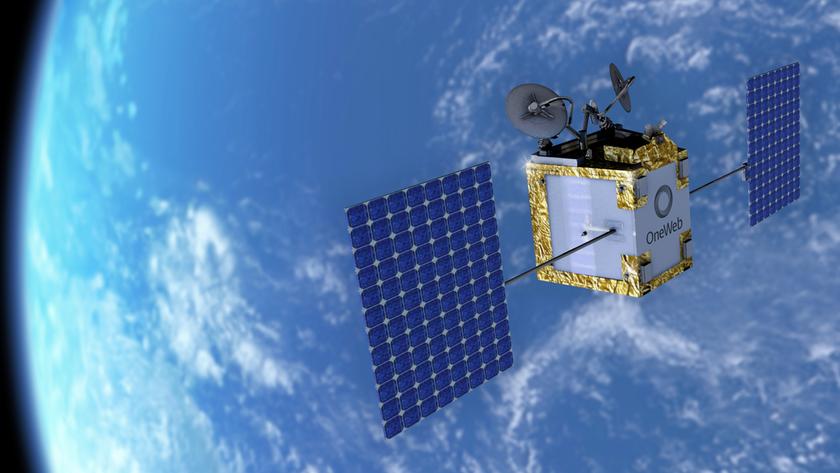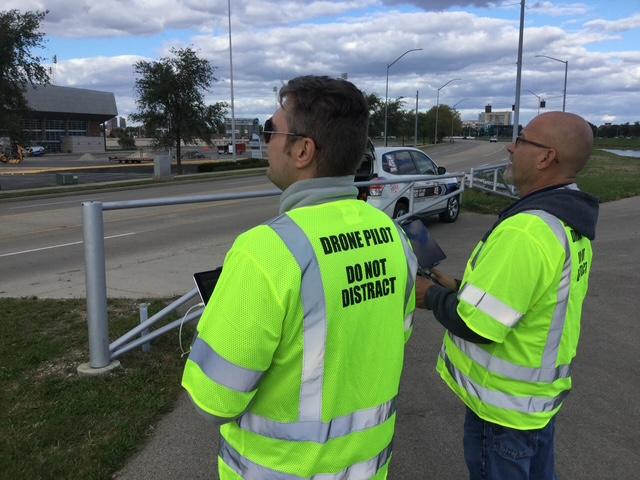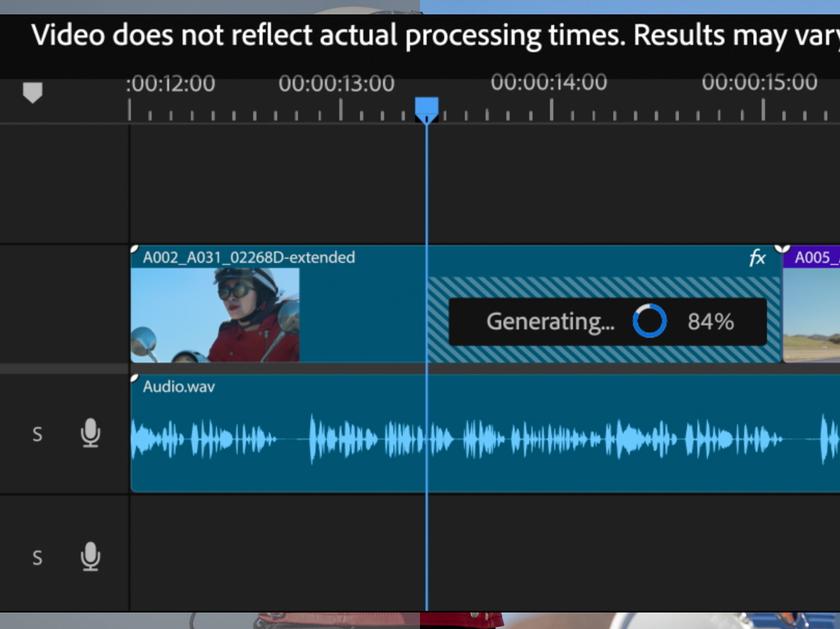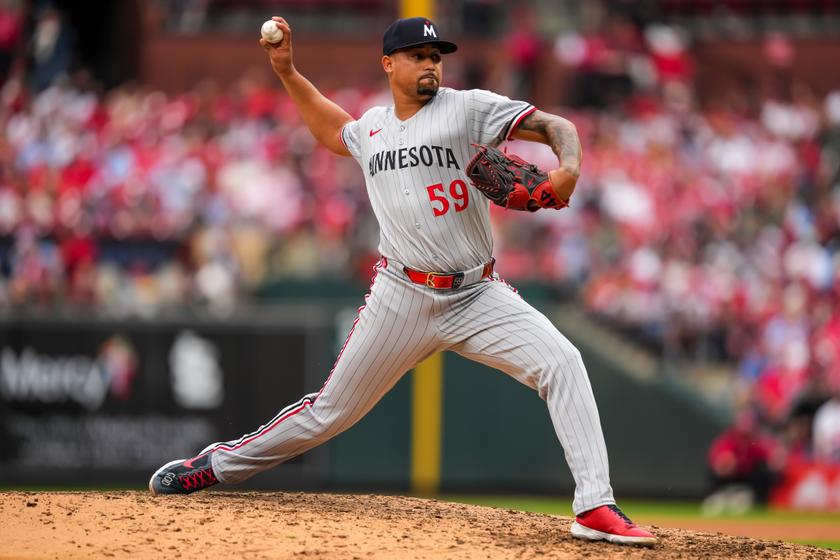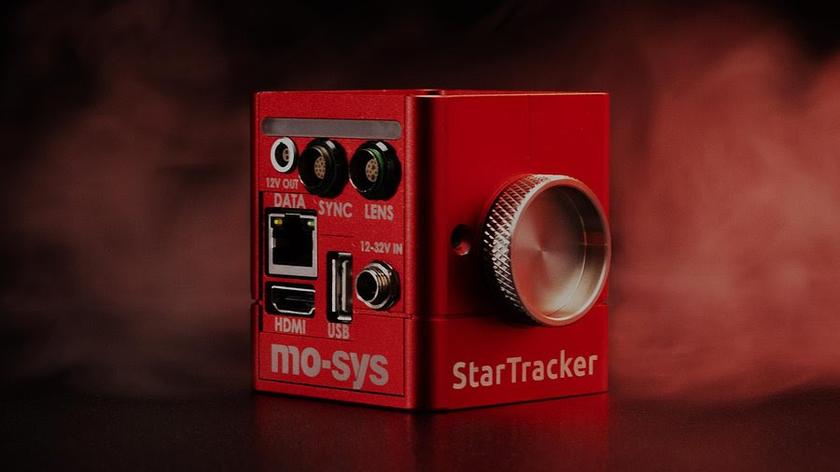Rally's Return
BUENOS AIRIES, ARGENTINA
Dust—this about sums up the experience for those covering the Dakar race each year—and explains why an air compressor is one of the most important pieces of equipment found in the TV compound set up each night in the bivouac.
The Dakar race might not make headlines stateside, but in much of Europe and elsewhere it is one of the biggest sporting events of the year. The annual off-road race for motorbikes, cars and large trucks began 31 years ago when it took much skill to drive from Paris to Dakar through the Sahara Desert. Last year the Dakar race was cancelled due to terrorist threats. Fortunately, this year, Argentina and Chile stepped in and welcomed more than 800 racers to race across the Argentina Pampas and the deserts of Chile.
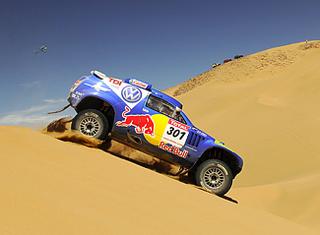
Photos by John RettieWORLDWIDE COVERAGE
Live TV coverage is a key part of the event, which is organized by ASO, the same group that puts on the Tour de France bike race each year. ASO has its own TV production company and coordinates coverage for dozens of TV crews covering it for approximately 90 channels broadcasting to more than 180 countries. Around 600 program hours were produced during the two week-long event.
Versus, the cable channel that carries the race in the United States, sent Matt Peterson, director of photography and soundman Nick Woods to the event. The two-man crew provided unique footage and interviews for viewers in the states that would be incorporated with the world feed each day for final editing by Blink Productions in Litchfield, Conn. "We are the only ones shooting the action," said Matthieu Perez, ASO's TV Chief.
Each day competitors drove at highway speeds to a special section where they raced against the clock for anywhere from 120 to 350 miles before continuing on highways or tracks to the next bivouac where upwards of 2,000 people spent the night. There, legions of technicians worked on the race vehicles, chefs provided catering and medical personnel looked after the inevitable, usually minor, injuries. It made a dramatic backdrop for live interviews with exhausted racers.
AFRICA VS. SOUTH AMERICA
Previous Dakars in Africa relied on a fleet of more than 20 aircraft to fly non-racers between each bivouac, located alongside the planes at landing strips and airports. This included the 200 or more TV personnel. At each bivouac the main editing was done in a Hercules C-130 aircraft set up with Avid editing stations, while personnel and equipment would be transported in a couple of smaller aircraft.
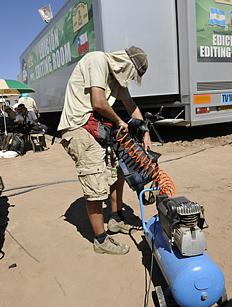
Compressed air was one of the most important necessities for TV crews covering the Dakar. Ironically, life was tougher for TV crews in South America as the roads were better and most people rode in luxury coaches between each bivouac. "This was not as convenient as it took at best, seven, and at worst, 14 hours by road compared to an hour or so by plane," said Patrick Genin, ASO's head of production.
What's more, the three- to four-hour time difference between South America and Europe meant live broadcasts had to go out earlier in the evening, providing less time for capture and editing.
Muvico, a Dutch-based event logistics company, which provides 26 trucks to cover the Tour de France, provided three trucks for ASO. Among these was an 18-wheeler that served as the main editing center in place of the Hercules. This truck, along with hundreds of other vehicles, left France in November for the boat crossing to Buenos Aires for the start of the two-week long race that began Jan. 3.
The editing facility included a 32 TB Avid Unity ISIS server system and six Sony XDCAM PDW-1500 recorders to ingest images. Another six Avid NewsCutter Mojo XPs captured images transmitted by satellite from the day's racing action. Editing was done on four Avid Adrenaline and 16 Avid NewsCutter XP stations.
ON THE ROAD AGAIN
Each night, after seven live shows were beamed around the world, workers would disassemble the bivouac so they could drive overnight to the next destination. They would arrive by midday to set up facilities to receive satellite transmissions of footage shot during the day's competition. Four helicopters shot aerial coverage while other camera crews drove 4x4 SUVs for ground locations.
Two of the choppers were equipped with Cineflex gyro-stabilized camera systems and two with Wescam 16DB gyro-stabilized. All images were recorded on two (master and spare) Sony XDCAM PDW R1 recorders. Two of the choppers also had microwave digital video links to grab on-board footage from cameras in mounted selected race vehicles.
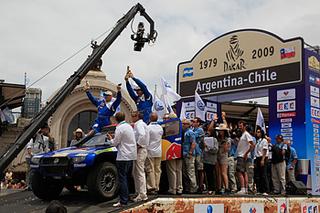
The Volkswagen contingent won this year's Dakar event. Ground cameramen used more than 30 ENG camcorders including 10 Sony XDCAM PDW 530P/PDW 700P cameras, all equipped with wide angles and standard lenses for loan.
Peterson says these ASO-provided cameras "ensured compatibility with the editing system and also provided technical assistance and cleaning, which I needed." He did bring his own "Wally Dolly" with him to help obtain smooth transition shots on the rough ground.
Peterson rarely relied on a tripod, which tended to get blown over all too easily in the wind that was always present in the early evenings when most shooting was done. Unlike many overseas crews Peterson did only a quick cut of footage before sending it to the United States for final editing. "I sit in with a French-speaking editor, but it seems OK as we speak a universal language of editing," he said. The Avid editing stations inside the air-conditioned and usually dust-free trailer were the most comfortable places to be; those not on immediate deadlines had to make do with much more primitive conditions in tents with flapping doors that barely kept out desert dust.
Unlike most sporting events where TV crews stand on the sidelines, those covering the Dakar end up becoming part of the event, sharing many of the trials and tribulations. So it was that after an exhilarating, hot, tiring and dusty couple of weeks, Matt Peterson was on his way back to New York for a break before his next major assignment, the Iditarod race in Alaska, where he'd be up against a new set of challenges. "Talk about going from one extreme to another," he said, as everyone shielded their eyes from yet another dust devil.
John Rettie, based in Santa Barbara, is a veteran motorsports photojournalist who has covered the Dakar race six times.
To see more pictures of John Rettie's coverage of the 2009 rally, click here. For the 2007 rally, click here.
Get the TV Tech Newsletter
The professional video industry's #1 source for news, trends and product and tech information. Sign up below.
